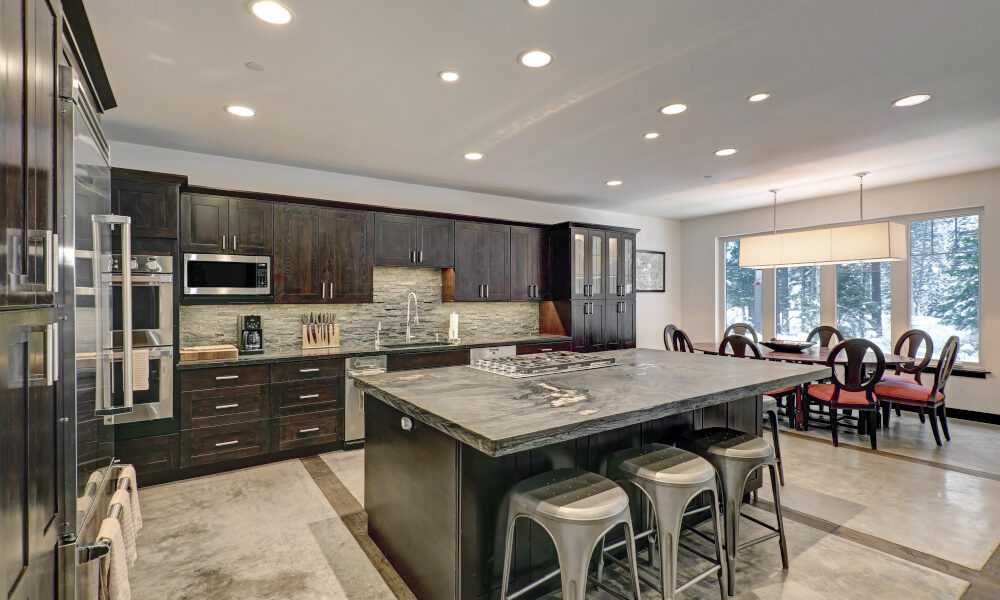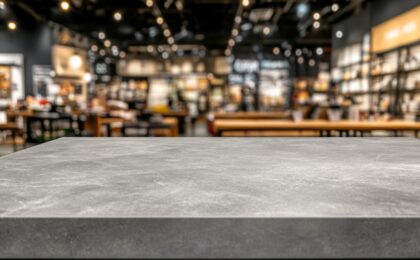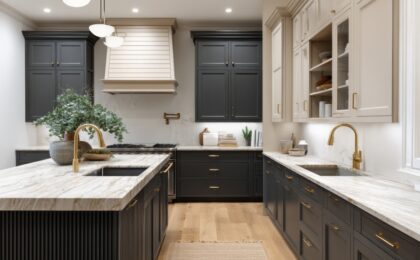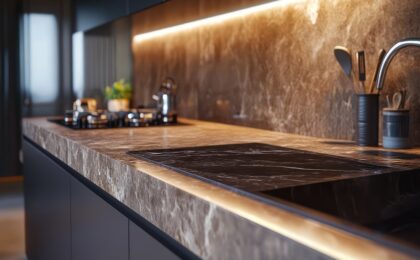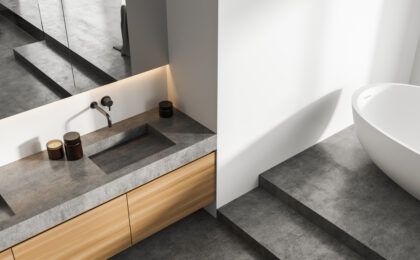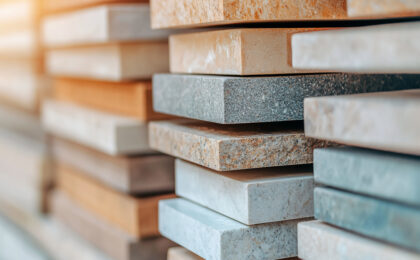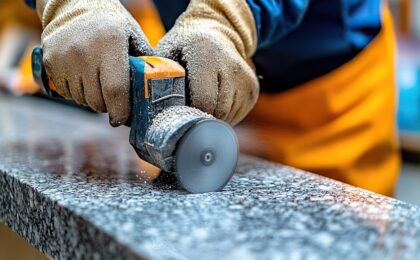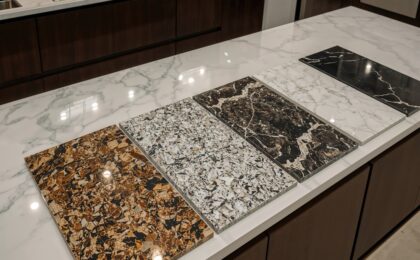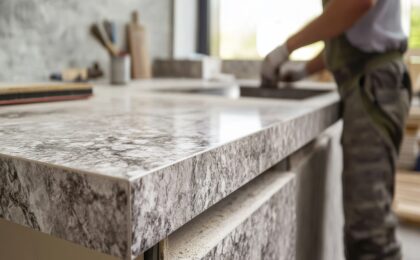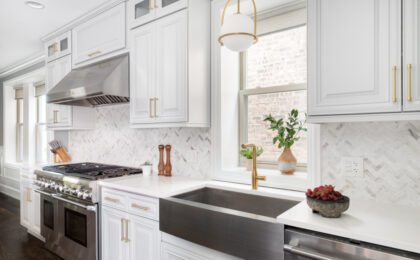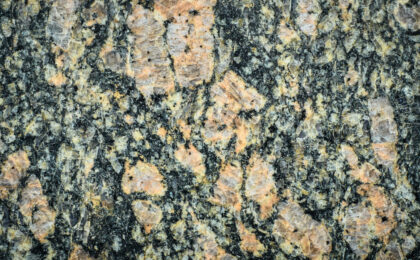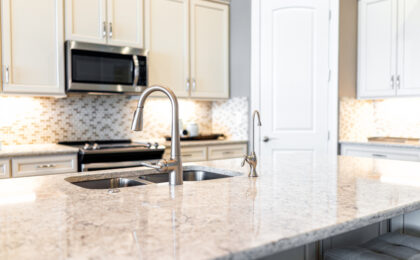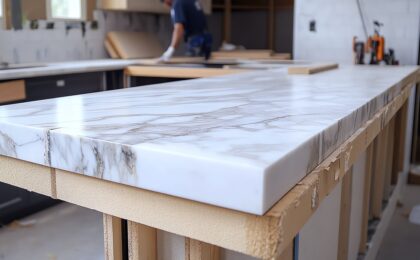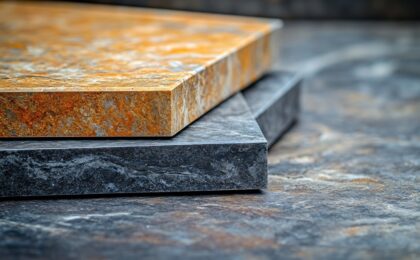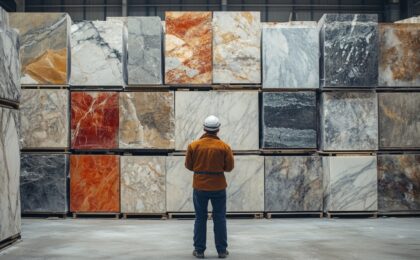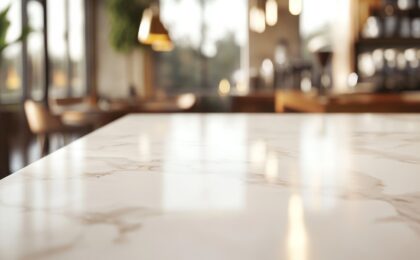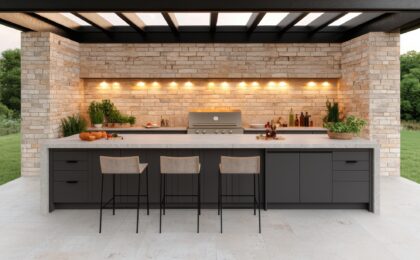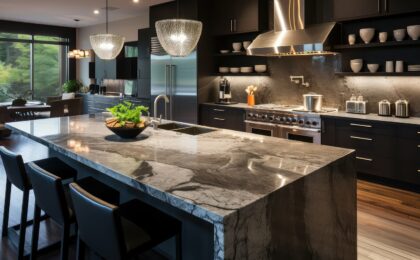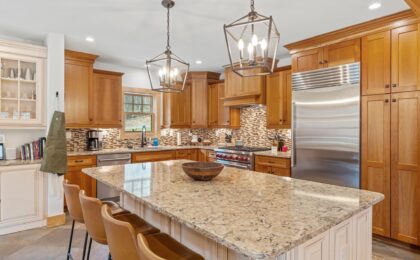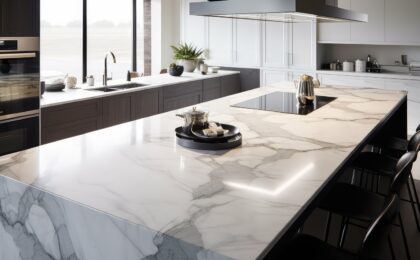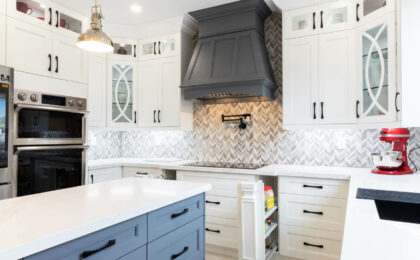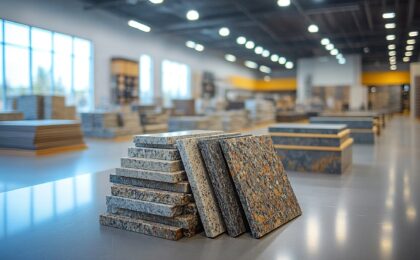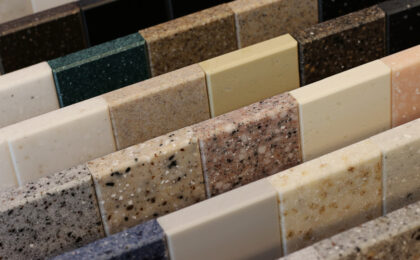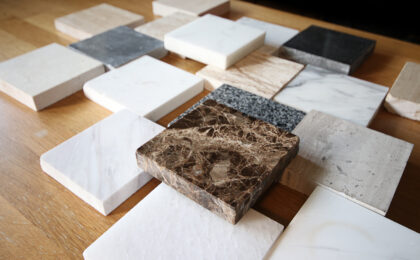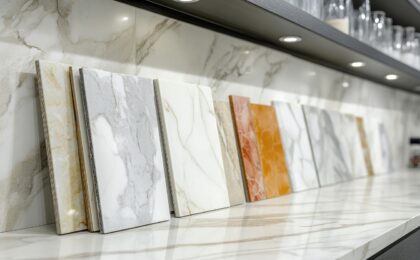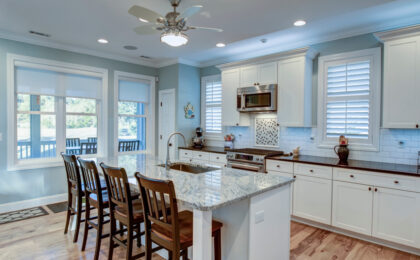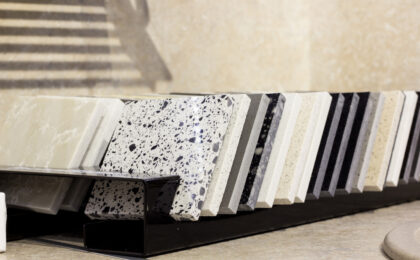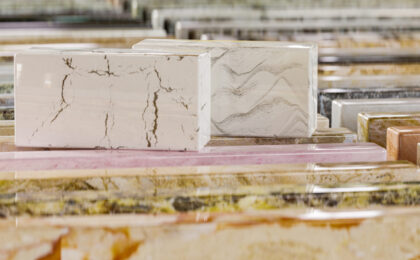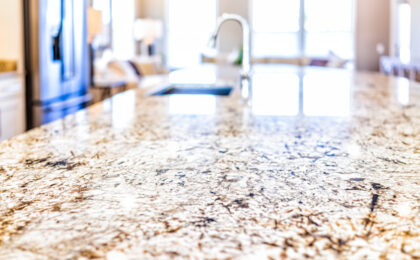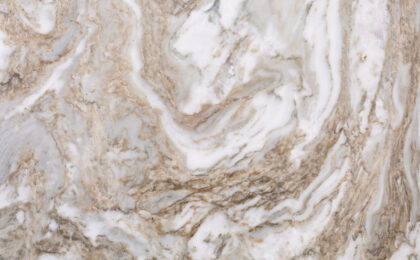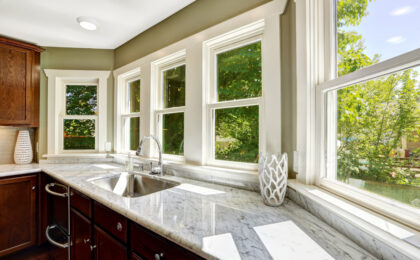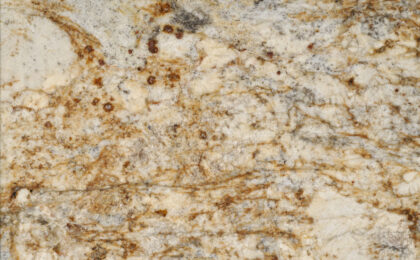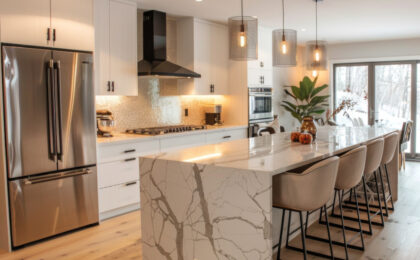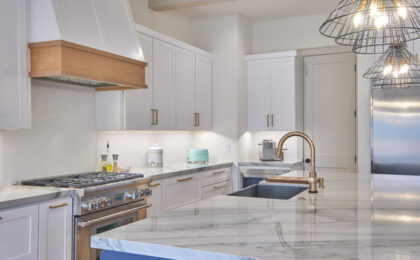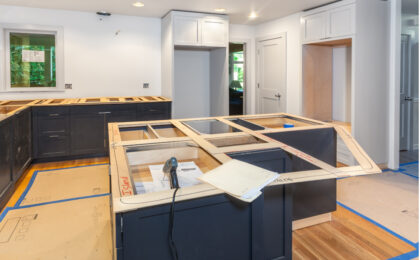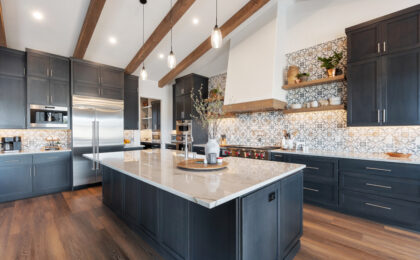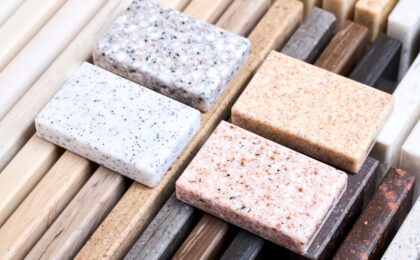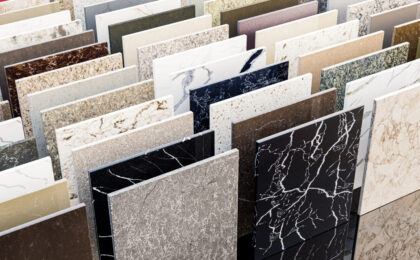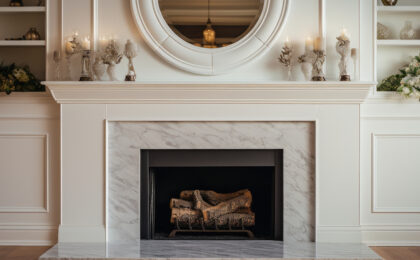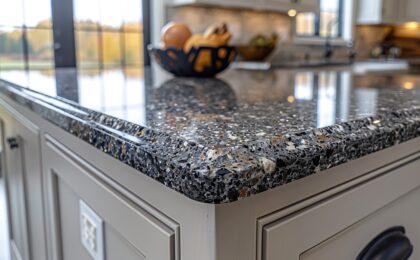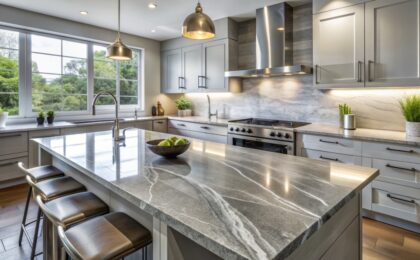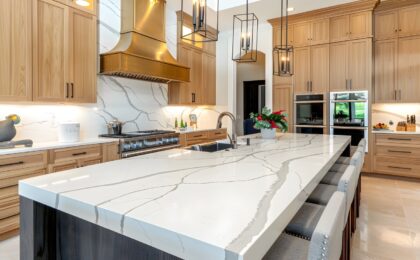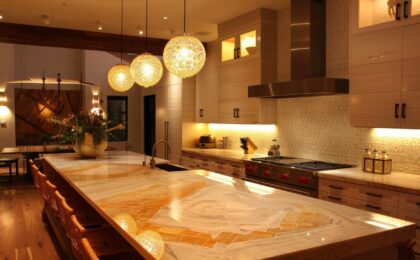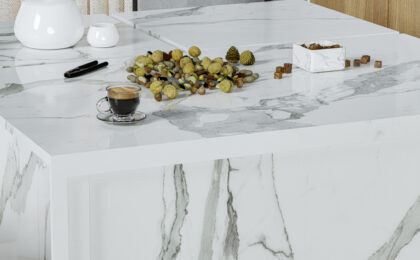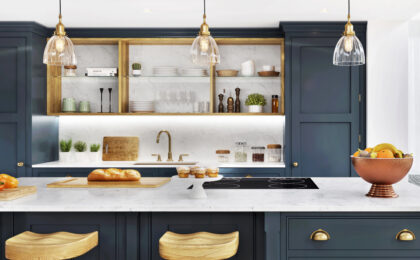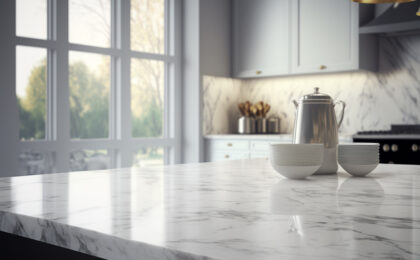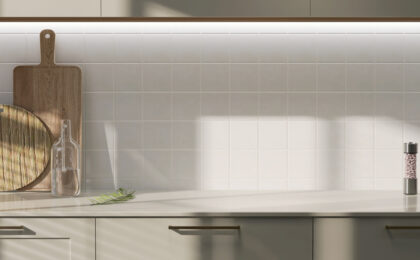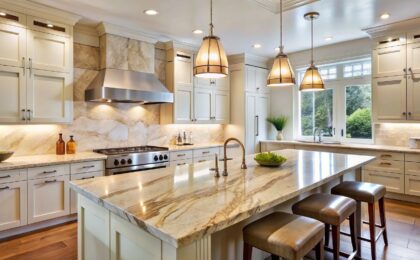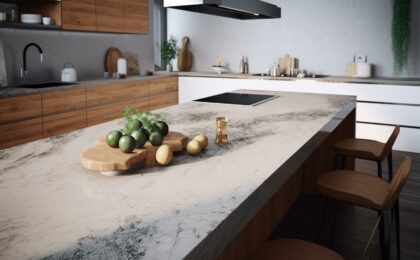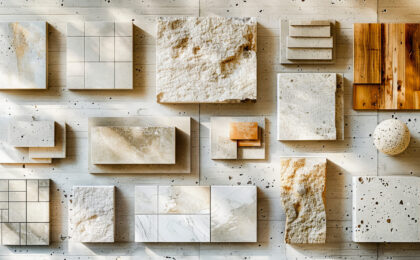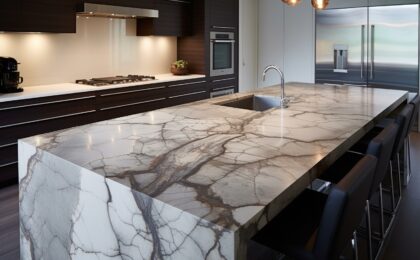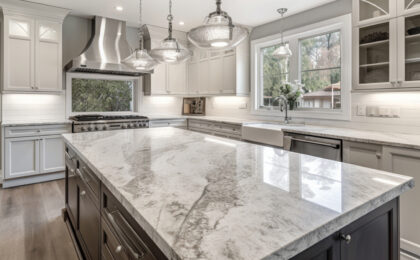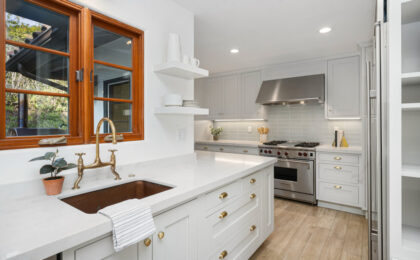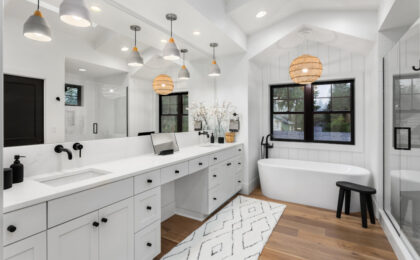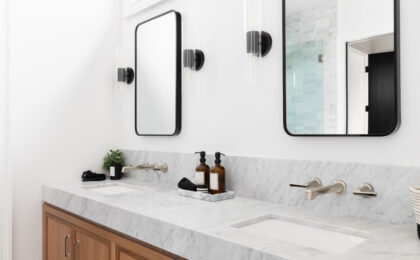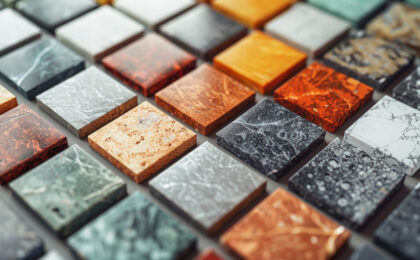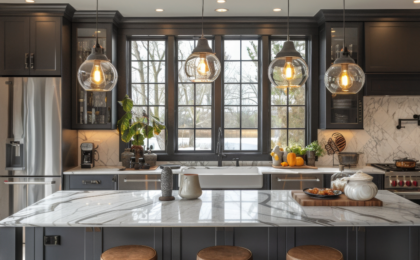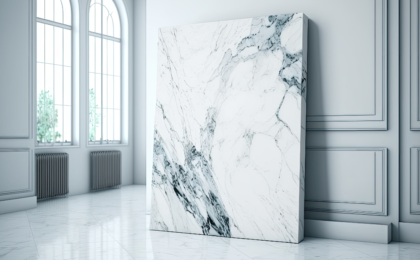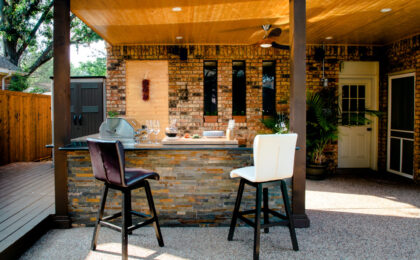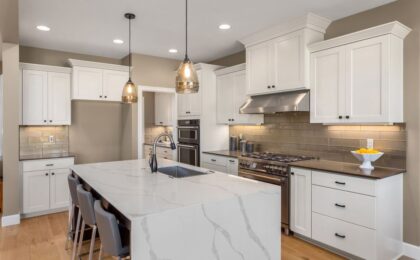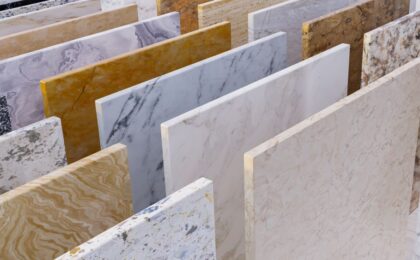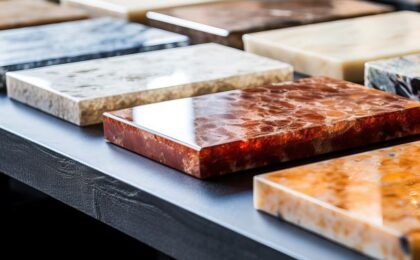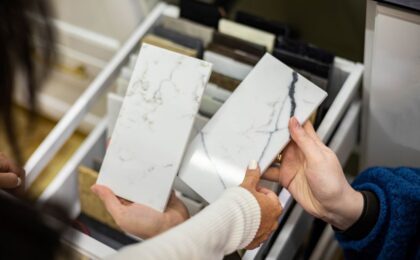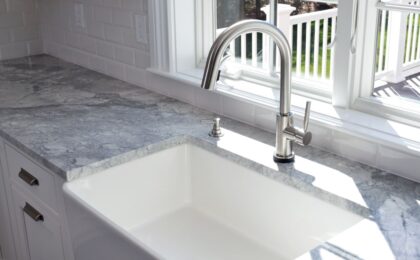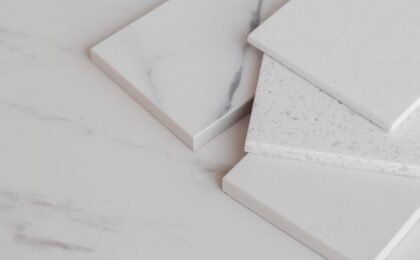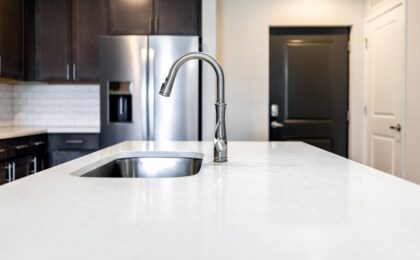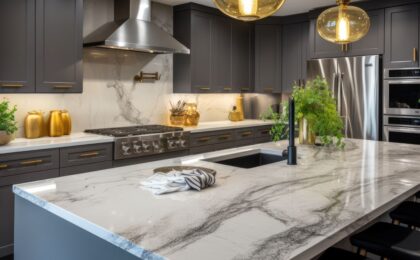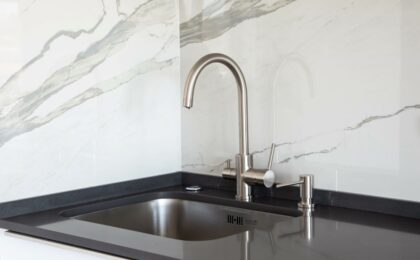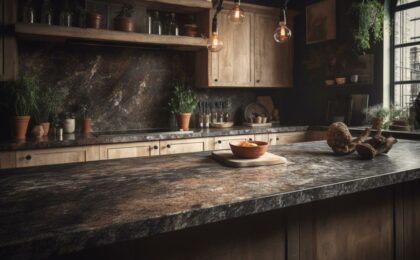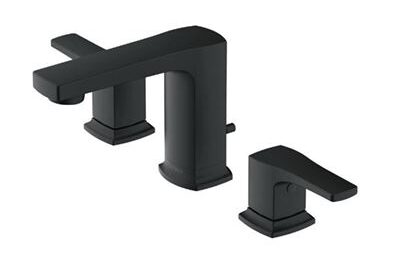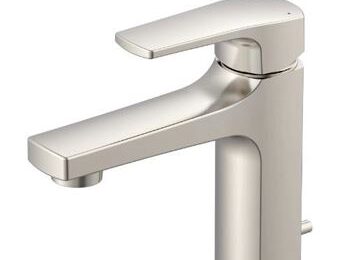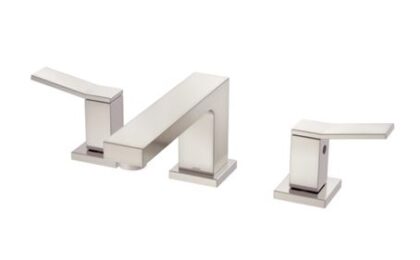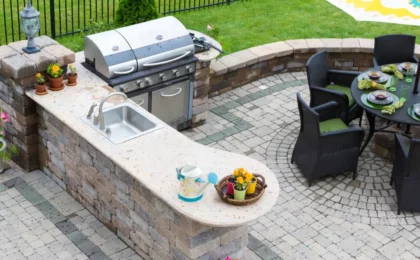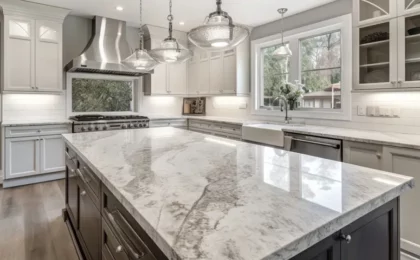Wood has been a staple building material in the U.S. for as long as most of us can remember. As a result, it is easy to assume that humans have always built structures primarily with wood. That would make stone countertops a relatively new concept by comparison. But it turns out that the stone countertop concept is not as modern as you might think.
Think about all the pictures and TV shows you have seen dealing with ancient architecture. Think of the pyramids of Egypt, medieval Europe’s castles, and the grand facades of Greek and Roman ruins. What do they all have in common? Stone.
Stone Before There Were Countertops
Perhaps our perceptions of marble and quartz countertops comes from our modern understanding of the fitted kitchen. Granted, fitted kitchens are relatively new. They did not come into play until the early 20th century. Prior to their invention, people still needed work surfaces in the kitchen.
A countertop – whether made of stone, composite, or wood – is little more than an elevated work surface. The fitted kitchen concept takes advantage of empty space underneath that work surface for storage. As such, our kitchens have countertops with cabinets underneath.
Back in the days before fitted kitchens, elevated work surfaces could be built on legs. In other words, they could be tables. But they could also be built into a wall. In a stone home, the kitchen work surface could be part of the original stone architecture.
Stone remains a popular building material for residential homes in Greece. An ancient Greek form of building with stone involves little more than stacking stones on top of one another. Workspaces in the kitchen could very well be stacks of stones carefully chosen and worked to create a square and level masterpiece.
Geography and Geology Mattered a Lot
Ancient stone kitchens could have been constructed from limestone, granite, sandstone, or any other type of stone a builder would choose. Geography and geology mattered a lot back in the days when moving large volumes of stone across great distances was challenging.
For people who preferred to build with stone, their choice of stones was usually limited to what was immediately available. Only the wealthy could afford to import marble, granite, and other valuable stones. Everybody else settled for what could be quarried locally.
Today, we are lucky to be able to get natural stone from all over the world. It is what allows companies like ours to provide stunningly beautiful and completely unique stone countertops throughout the state of Utah. A lot of the granite, marble, and quartzite countertops we sell are made from stone found in locations outside of the U.S.
Plenty of Good Reasons for Using It
History demonstrates a continual reliance on stone from generation to generation. There are plenty of good reasons building with stone has lasted for so long. At the top of the list is durability. It is hard to beat natural stone when you want your project to last a long time.
Granite, marble, and quartzite are excellent choices for durable stone countertops. All three offer an aesthetic quality that is simply unmatched by wood and composites. We highly recommend them to Utahns.
If you want the look and durability of stone at a less expensive price point, consider quartz countertops. Quartz is an engineered product made by combining quartz minerals with resins and dyes. You get the same aesthetic as natural stone along with a toughness and durability that is hard to beat. Visit one of our showrooms to see for yourself.
